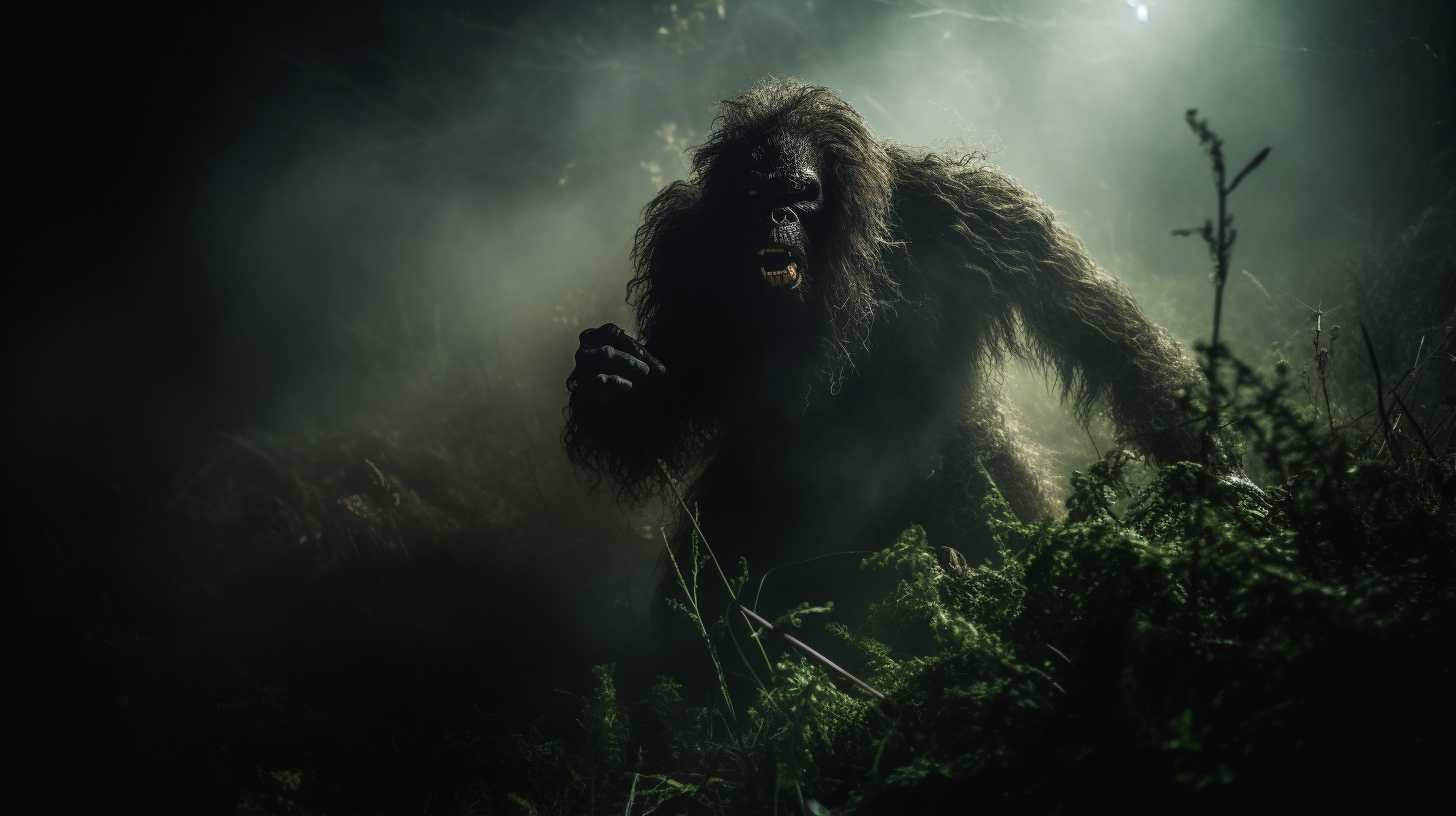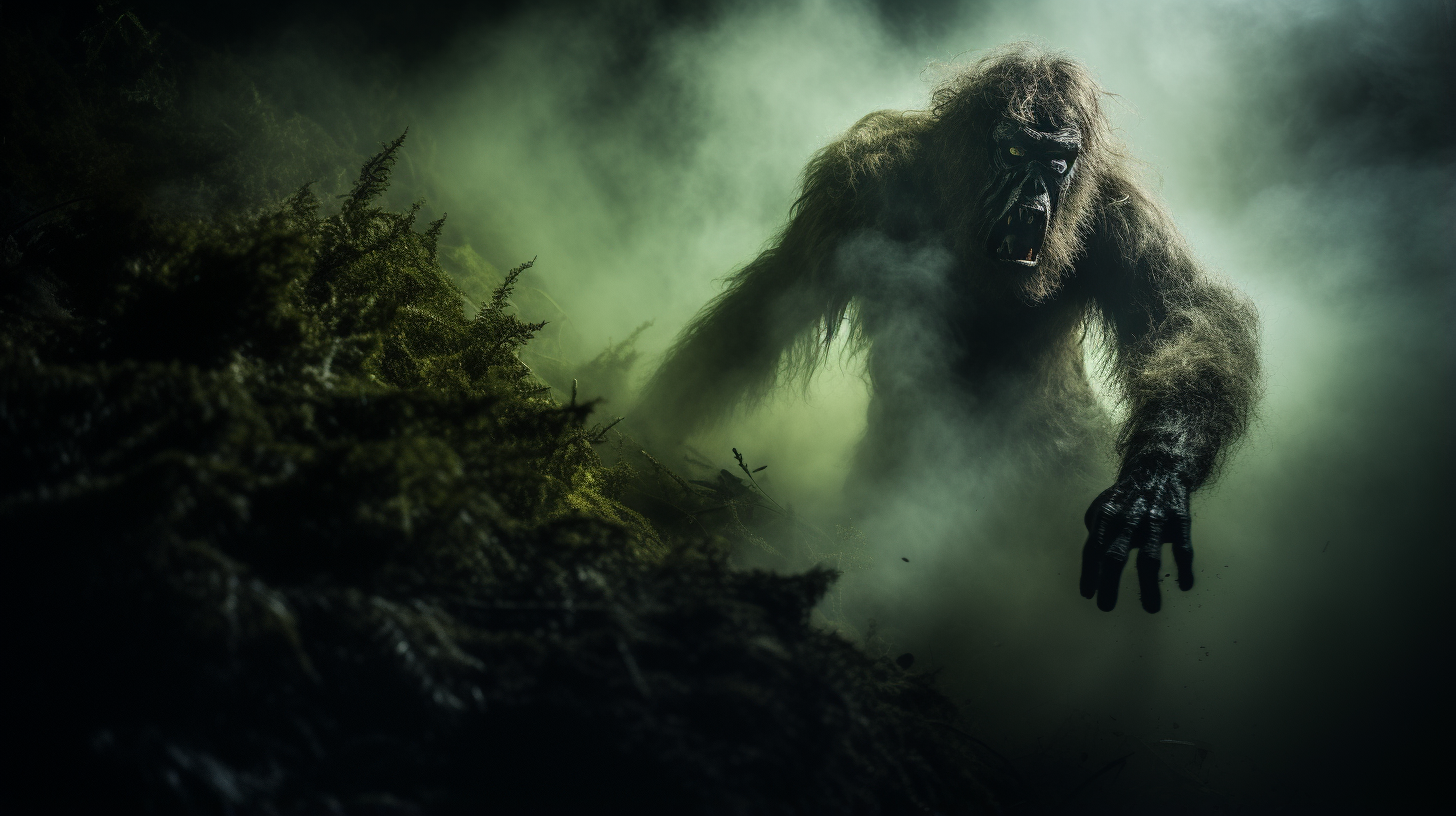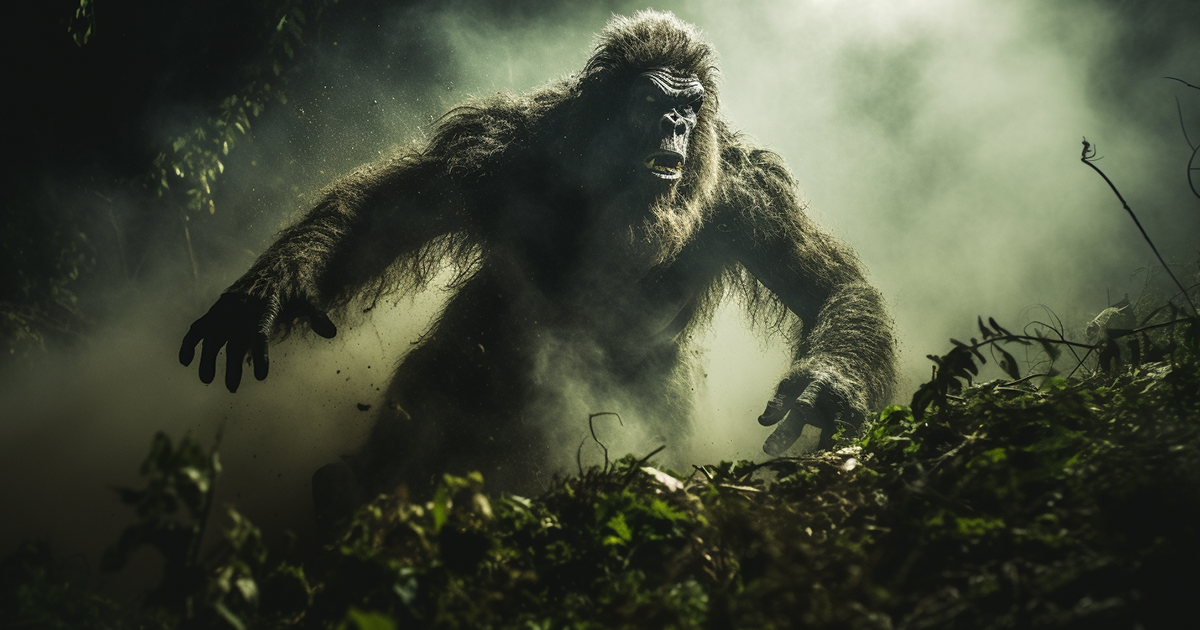In the vast wilderness of Wyoming’s Wind River Mountains, back in 1972, a naturalist named John Mizinski embarked on a unique adventure. Employed by the U.S. Forest Service and the Wyoming Game and Fish Department, John was part of a cooperative study that required him to live in the wild for the summer. Little did he know that this summer would lead him to a baffling encounter that would challenge his perception of the natural world.
One fateful night, as the moon began to rise, John felt an unusual presence outside his tent. At first, he thought it might be a large bear pressing against the fabric, but what he saw next defied explanation. In the moonlight, John glimpsed a hand with four fingers and an opposed thumb, eerily resembling a human hand.
This hand was not just human-like in appearance; it was unusually large, nearly twice the size of his own hand. To make matters more bewildering, this enigmatic entity seemed to be growing increasingly aggressive.
In an attempt to protect himself, John instinctively struck out with the back of his hand, making contact with whatever it was. Surprisingly, the unknown entity retreated and disappeared behind the trees, leaving John utterly perplexed. At that moment, the idea of Sasquatch or any similar creature never crossed his mind.

Upon reporting this bizarre encounter to the Forest Service, John discovered that he was not alone. Numerous similar reports of unusual sightings had been made in the area, prompting his boss to request that he investigate and interview witnesses. Over time, John interviewed approximately 25 individuals, each with their own strange tale to tell.
One of the most intriguing accounts came from a young man residing in a cabin nestled against the mountainside. He had witnessed one of these entities displaying aggressive behavior right outside his cabin and had even taken a shot at it, believing he had wounded or killed it.
However, much to his amazement, the creature swiftly got back on its feet and fled. John decided to visit the cabin and was astounded to discover hair samples in the vicinity.
These hair samples became a crucial piece of the puzzle. John collected them and sought the expertise of Walter Burkby, a renowned forensic anthropologist with a specialization in hair analysis. Burkby’s analysis left everyone in awe.
In his own words, he declared it a “stumper,” confirming that the hairs were of primate origin. The revelation was groundbreaking, as no primate native to Wyoming matched the description. It was a tantalizing hint of the existence of something extraordinary.

You might assume that such groundbreaking evidence would be embraced by the scientific community, but John quickly learned that assumptions can be misleading. The head of the research division was vehemently opposed to the idea of Bigfoot, pointing fingers and making threats. The very mention of the word “Bigfoot” was enough to jeopardize careers.
So why is the scientific community so quick to dismiss the evidence? Perhaps it’s the fear of challenging established norms or the desire to avoid the complexities of a new paradigm.
Regardless, some evidence remains difficult, if not impossible, to ignore. The encounter in Wyoming’s wilderness stands as a testament to the mysteries that continue to elude our understanding.
Video:
In the end, the story of John Mizinski’s baffling encounter serves as a reminder that the natural world still holds secrets we have yet to unravel. As we delve deeper into the uncharted territories of our planet, who knows what other enigmas we may stumble upon, waiting to challenge our preconceived notions of the world.

21 thoughts on “Mysterious Encounters in the Wild: The Wyoming Primate Enigma”
Comments are closed.